
Samsung is back with another big phone in the Galaxy Note20 Ultra, and does it right by focusing on its biggest asset.
That asset is the S Pen, which is fast becoming the real differentiator for Samsung’s flagship smartphone lines. The Galaxy S and Note have converged the last two years into devices that bear fewer contrasts between them. There are other subtleties you could argue separate them further, though they are highly subjective.
The point here is that this is the best phone Samsung has arguably made to date. In fact, in some key respects, it manages to be considerably better than the Galaxy S20 Ultra. It borrows quite a bit from that model, so similarities abound, but not everything is the same. And that’s the best part because this phone feels like it really has its own identity.
Crafting a beautiful Note
Big phones are common now, but this one really is a beauty. And what helps make it that way are the tweaks Samsung made along the way. The mystic bronze colour is one of the best the company has used so far, but it’s the matte plastic backplate that makes it stand out more. Going with this colour and design is a complete reversal of the super glossy iridescent backing of the Note10 models.
The most obvious design cue is the thick camera bump on the back. While the bronze is slick, the bump is one of the primary reasons to get a case for this phone straightaway. I was more worried about ruining that somehow than accidentally cracking the screen.
About that screen. It’s basically the exact same display as the one Samsung used in the Galaxy S20 Ultra. I do wish the company would finally abandon curved screens, but alas, this phone has them. Interestingly, the Galaxy Note20 doesn’t—it has a flat display.
In any case, it’s gorgeous to look at. Again, though, it’s a supporting feature that makes it stand out, which is the 120Hz refresh rate. It’s not unique to Samsung, as others have already done it, including this company with the S20 Ultra. But it’s a variable refresh rate, so it kicks in when necessary to preserve battery life.
There is 128GB of internal storage and 12GB of RAM, plus a microSD card slot for memory expansion. It is a 5G-enabled device, so you would be ready for that once that next-generation network goes live.
You also get AKG-tuned speakers with Dolby Atmos support, and conveniently, flatter surfaces at the top and bottom. I find this makes it easier to prop up the phone for certain situations, like lining up a photo.
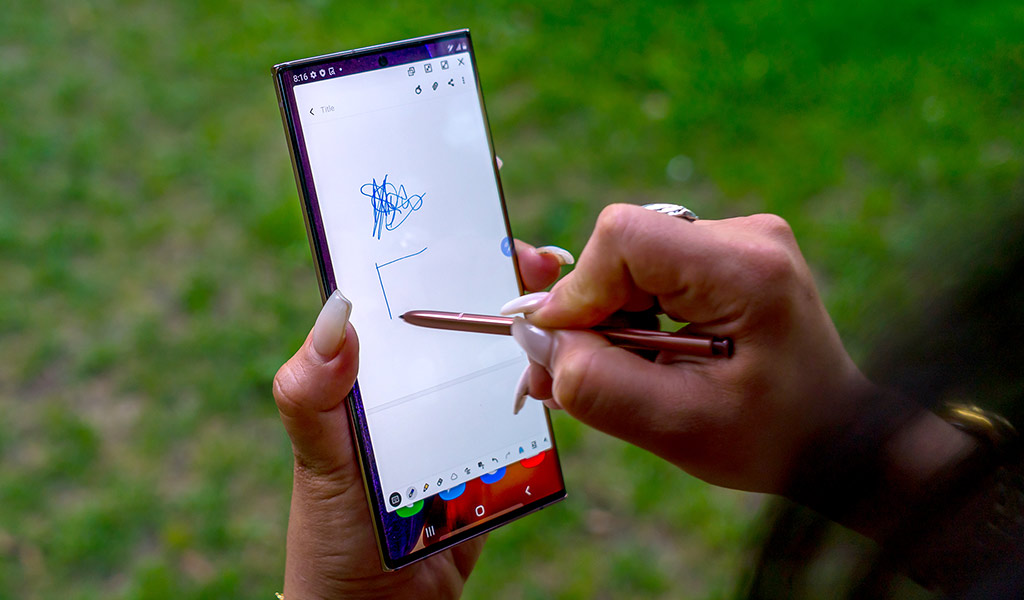
Samsung Galaxy Note20 Ultra SpecsDisplay: 6.9-inch 3088 x 1440 Dynamic AMOLED display 21:9 aspect ratio with 496 pixels per inch |
The S Pen gets a big upgrade
I like that Samsung has tried to reimagine its S Pen as something more than just a writing utensil, but that will always be its primary purpose. What stands out with the Note20 Ultra is how much better the pen feels when writing with it. The reason why is because Samsung’s engineers used artificial intelligence (AI) to kind of ‘fill in’ the last bit of writing to reduce latency.
Basically, in the past, when you wrote onscreen with the S Pen, there was a slight delay, which led to a gap between the pen tip and the writing itself. That’s gone now, and the results are fantastic. Not exactly like pen to paper, mind you, but good enough to feel like there’s a greater level of accuracy involved. The variable refresh rate also plays a role here, adding to the idea of complementary elements that help each other be better.
That accuracy shows in other ways, too. Create a GIF with Smart Select or write on a screenshot, it just feels different enough to be more fun. Not to mention more productive. While I would still prefer a tablet for writing copious notes, I could at least write something contemporaneously without issue. It was more the screen real estate hindering me, not the pen’s ability itself.
The Microsoft integration continues to be a solid integration. I love that converting handwritten notes to text is only getting easier. One caveat is that your writing needs to be legible enough to accurately convert, but it’s quite good in its own right. For anyone looking at the productivity side of a phone where notes and memos are important, I see real value here. You can record a lecture or interview, write down the word or phrase, and the audio will go back to that spot when you play it back again.
However, I’m not as crazy about the pen’s gesture-based controls. I’ve given them a chance going back to the Note 9, and the margin for error is too thin most of the time. What I do like is the button’s utility for quick actions. I could play/pause music or snap a photo by pressing it away from the phone. Those aren’t new features, of course, though they are incredibly useful in varying circumstances.

Performance of the Galaxy Note20 Ultra
Samsung set this phone up to be a model of performance and efficiency. It largely lives up to that billing, and that’s because the various tweaks and improvements carry real impact. For example, the specs are obviously compelling, yet it’s the experiential intricacies making it what it is.
For one, the S Pen comes out of the opposite end of the phone’s bottom. My guess for that change was to accommodate the larger camera sensors and 5x optical zoom prism telephoto lens. In any case, it takes some getting used to, and I imagine left-handed users will really enjoy the move.
The speed of the processor, ample RAM and variable refresh rate make the phone look and feel like it’s always a step ahead. I zipped around the interface with the kind of speed I now want on every phone I use. Using it as my daily driver, I could see why Samsung plays up the Note20 Ultra as a mobile gaming device. It has a gorgeous screen and internal components that are both fast enough for intensive games. I haven’t tested the Xbox Game Pass Ultimate integration yet, but will update this review after getting the controller required to do it.
Not surprisingly, the phone is a breeze to use in DeX mode, in case you want to use your phone on a PC or Mac. Video looks wonderful on the beautiful display, and cellular, Wi-Fi and Bluetooth connections are super steady.
One drawback for me was the ultrasonic fingerprint sensor. Too often, I had to place my thumb on the sensor more than once. Coming from other phones that simply do it better, it’s one area Samsung needs to improve as quickly as possible. The failure rate is just too high for a phone of this calibre.
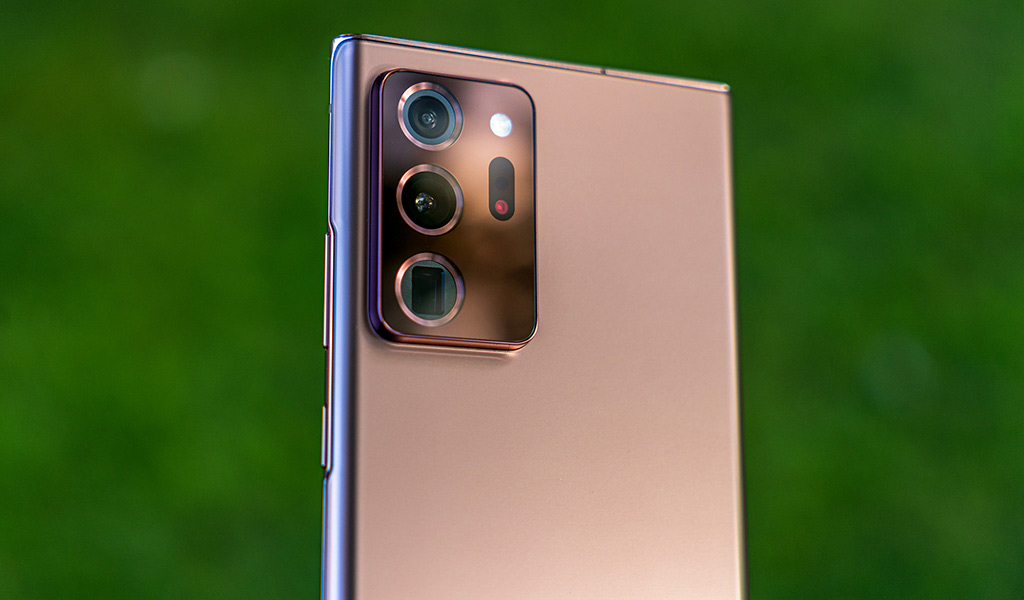
Photo quality on the Galaxy Note20 Ultra
For the most part, the camera array here is the same as that of the S20 Ultra. And yet, the Note20 Ultra doesn’t shoot exactly the same way. So, what happened?
Firstly, the autofocusing is better here. While I never had major issues with that in the S20, I did notice a better lock on this device. In true Samsung style, it realized it was overdoing its processing, so dialed it back here. The resulting shots are less saturated without excess sharpening—so long as you turn off Scene Optimizer.
The thing about Samsung’s phone cameras is that you’re always better off knowing the tools first. Scene Optimizer uses AI to assess a scene and process the shot the way it thinks best. The problem is that it will often saturate colours and smooth faces too much. Auto HDR is on by default, and it’s fine, as is.
Features I like to turn on are Tracking auto-focus to stay locked onto a moving subject, as well as Save in RAW for Pro mode. Another is swiping the shutter button to shoot a burst or create a GIF. It’s well worth going into the camera settings to find these useful tools.
As for the lenses, you get the 108-megapixel primary one, which you have to select from the options at the top of the screen. The 12-megapixel ultra-wide lens and sensor shoot exactly the same as the S20 Ultra. I saw no real difference in output.
The 12-megapixel telephoto lens, on the other hand, is different. For one, Samsung got rid of the awful 100x Space Zoom, opting to go with a more respectable 50x zoom. The photos are still bad at that range, but it’s more the 5x optical zoom that is useful. Strangely, there’s no shortcut to 5x, while there is for 4x.
Photo quality is better on this phone than the S20 Ultra, though that may not be the case for long. Samsung often updates camera software for previous phones, so it wouldn’t shock me if that happens again.

Video quality on the Galaxy Note20 Ultra
Like the S20 Ultra, you can shoot videos in 8K resolution, but it’s only a worthwhile feature if you have an 8K TV. While I noticed an improvement in still photo output, video is largely the same.
You can save a still 33-megapixel photo while shooting an 8K video, which is nice, though it only works best in daylight conditions. It’s really 4K and 1080p video that stands out more to me. The quality is nice, with 30 and 60fps framerates, and there’s less of Samsung’s processing involved. I don’t think you will be disappointed with the quality, as I personally wasn’t.
Pro Video is back and is the video feature worth using most, in my opinion. For one, you can better control composition, but you also have greater control over where to point the microphone. The AI involved here lets you focus on a sound, especially a person talking, over a more crowded or noisy scene. It’s a neat feature, and works pretty well, unless it’s really too loud.
In either video mode, you can use the telephoto lens to zoom in closer to a subject, except the quality degrades a lot after 2x zoom. You can’t use the ultra-wide lens, unfortunately.
Battery life
With everything going on here, the battery holds up quite well. The variable refresh rate arguably is the biggest reason why. Battery life took a hit on the S20 Ultra when 120Hz was constantly on, whereas the variability factor helps a lot here. I went through a full day with little range anxiety.
When I did need to charge, the 25W charger inside the box got me from 10% to full in just one hour. Wireless charging is also fast should you have a faster Qi-enabled pad or dock. And the phone does support reverse wireless charging, which is decent for smaller devices.
Final thoughts
The Note20 Ultra is a fabulous phone. It really is as simple as that. While I could do without the curved edges on the screen (for better handling), the big camera bump and the shaky fingerprint sensor, the overall experience was very positive. The screen is gorgeous, the S Pen is reinvigorated and the camera is better than it was before.
I would expect nothing less from a device that costs this much. Nor should you. If you have a Note10 already, I’m not sure it’s worth upgrading, but anything before that will feel like a bigger difference for sure.
The Samsung Galaxy Note20 Ultra is available now in mystic black and mystic bronze. There is also the Galaxy Note20 available in mystic grey, mystic green and mystic bronze.





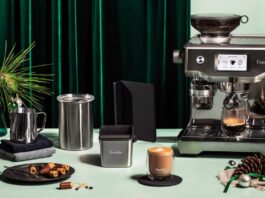



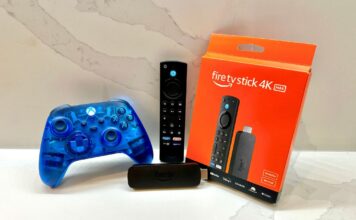


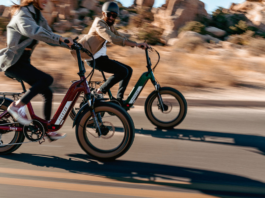


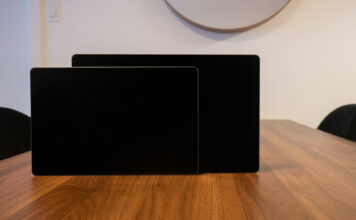



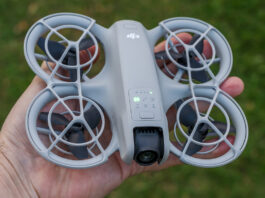






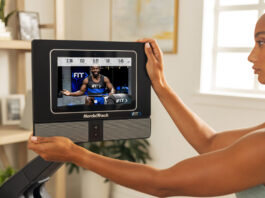

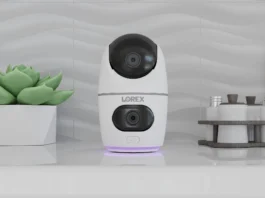

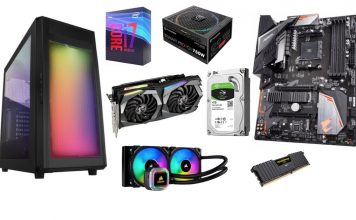





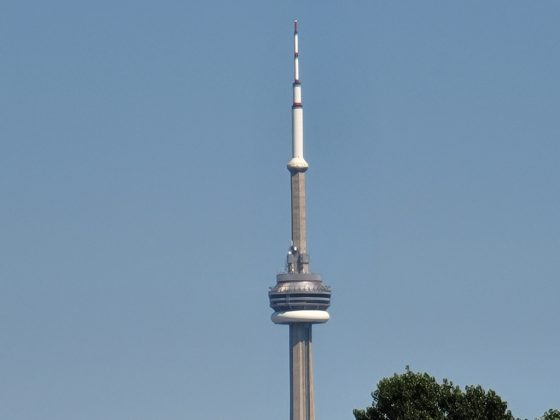
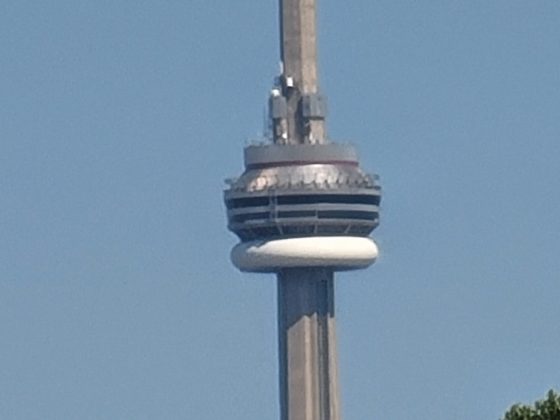




















Absolutely note 20 ultra is great phone no need for tablet it is small computer in your hand or in your pocket.
Thanks for your nice article
Comments are closed.